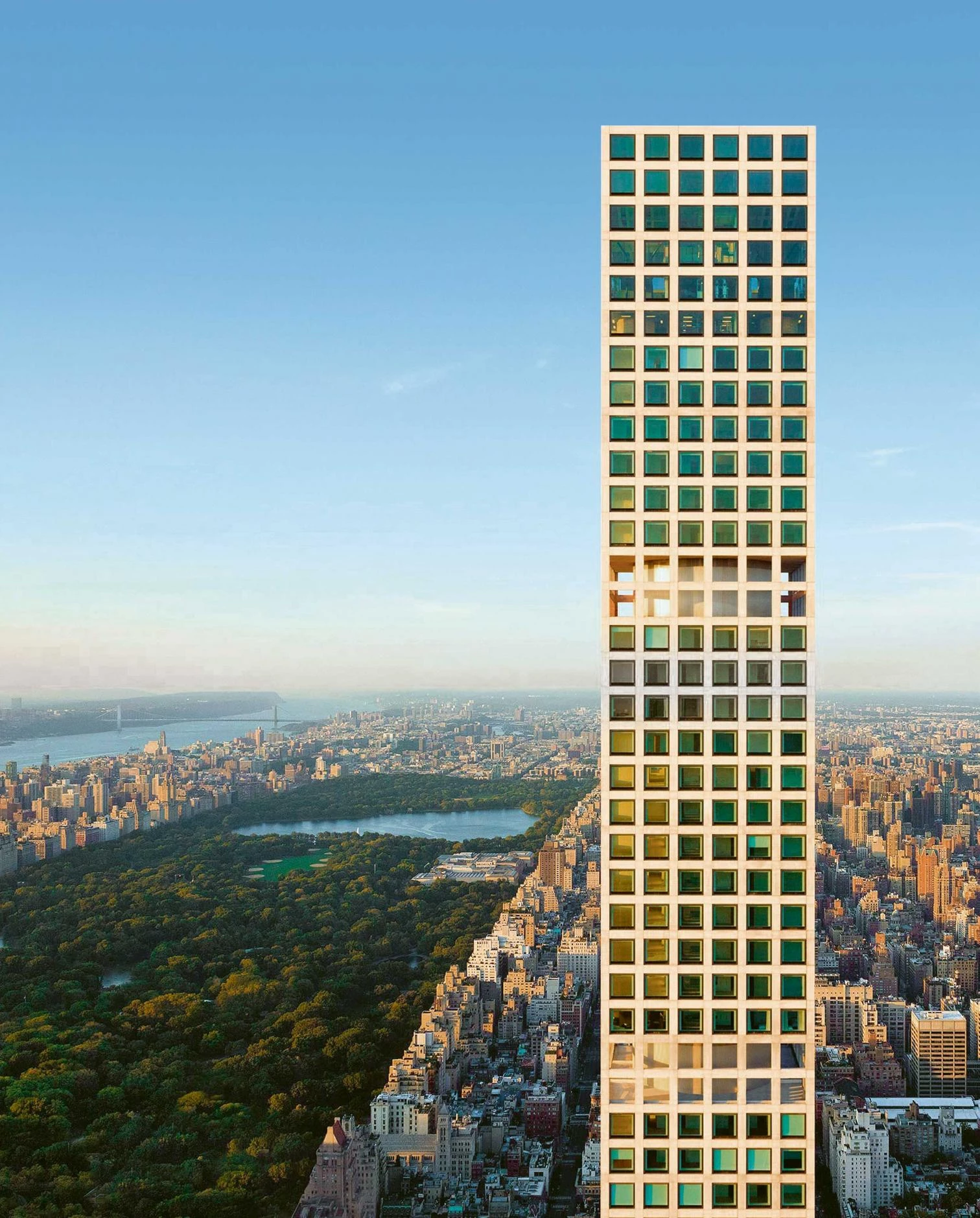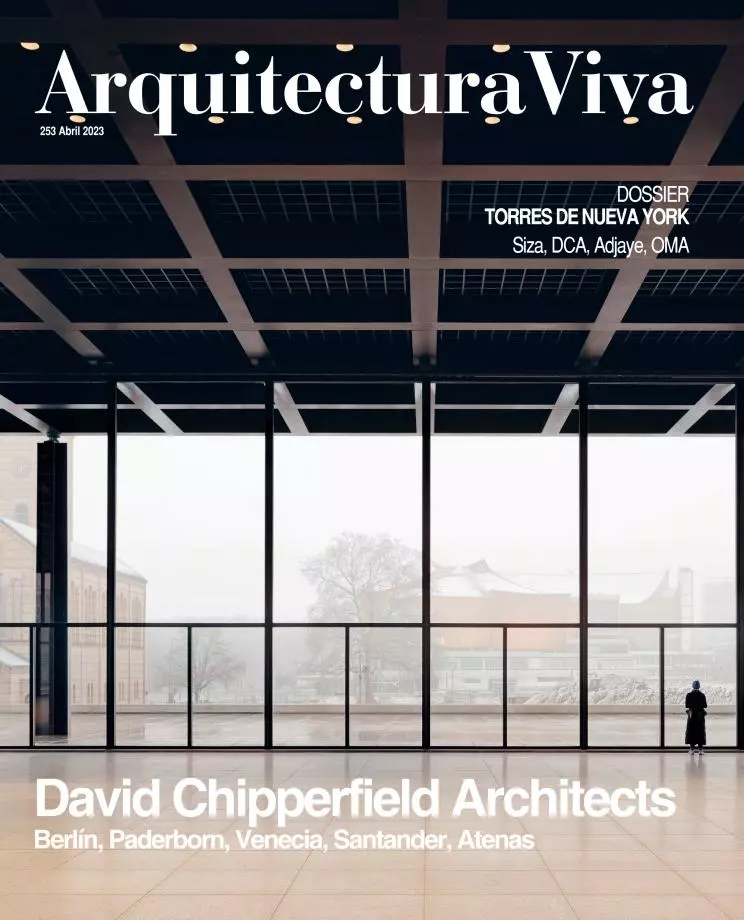The vertigo Room
Four Residential Towers in New York

Rafael Viñoly, 432 Park Avenue © 432 Park Avenue Condominiums
Perhaps because they came from trees, human beings have always had a yearning for heights. First there were the pyramids, the ziggurats, and the towers of Babel, stairs up which to climb to the heavens in pursuit of the gods. Then came the spires of cathedrals – steeples of the spirit and also proud symbols of an optimistic and profoundly humane civilization. Next were the domes, which with their classicist dream swelled the profile of towns and cities until the time that the Industrial Revolution brought the funds, the know-how, and the techniques that would bring about the most ambitious and most disturbing model of the vertical lineage; the skyscraper.
Skyscrapers were mercantile at the start, as the cost of raising them was only within the reach of surplus capital. But they soon morphed into that hybrid artifact where there was room, as Rem Koolhaas showed, for the most disparate functions, like a compendium of the diverse latitudes of capitalism. The latest stage of the evolution is probably the most disappointing, but also the most unexpected: the conversion of the tower or skyscraper into an exclusively residential building.
This metamorphosis is now taking place in numerous hubs of the globalized world, but nowhere more intensely than in the mother of them all, New York City, which over the past fifteen years or so has seen apartment high-rises shoot up in ways that all but defy structural common sense to satisfy the needs of a capital which, in times of uncertainty, makes do with the crystallized certitude of reinforced concrete. The first generation of ‘superslenders’ colonized by oligarchic condominiums and penthouses – which we featured in Arquitectura Viva 179 under the subtitle ‘When Form Follows Finance – was followed by a crop of constructions which, though unable to rival the latter in size and presence, could boast the authorship of exquisite architects and, now and then, a more contained and plausible kind of beauty.
It is this generation, precisely, that our dossier looks at through four examples that have recently been completed in New York. The tablet at 611 West 56th Street rises with modesty and minimalism in Hell’s Kitchen and is the very first work of Álvaro Siza in the Big Apple. Also in Midtown Manhattan, The Bryant, a work of David Chipperfield, is impressive in its restraint, a good example of the brand new Pritzker laureate’s experience and decorum in addressing different, even contradictory contexts. Downtown on the island is 130 William, by David Adjaye, which recalls the origins of the New York skyscraper with its artisanal concrete cladding. And across the East River in the borough of Brooklyn stands Eagle+West, by Office for Metropolitan Architecture, breaking away from conventional schemes by means of stackings and formal acrobatics.







